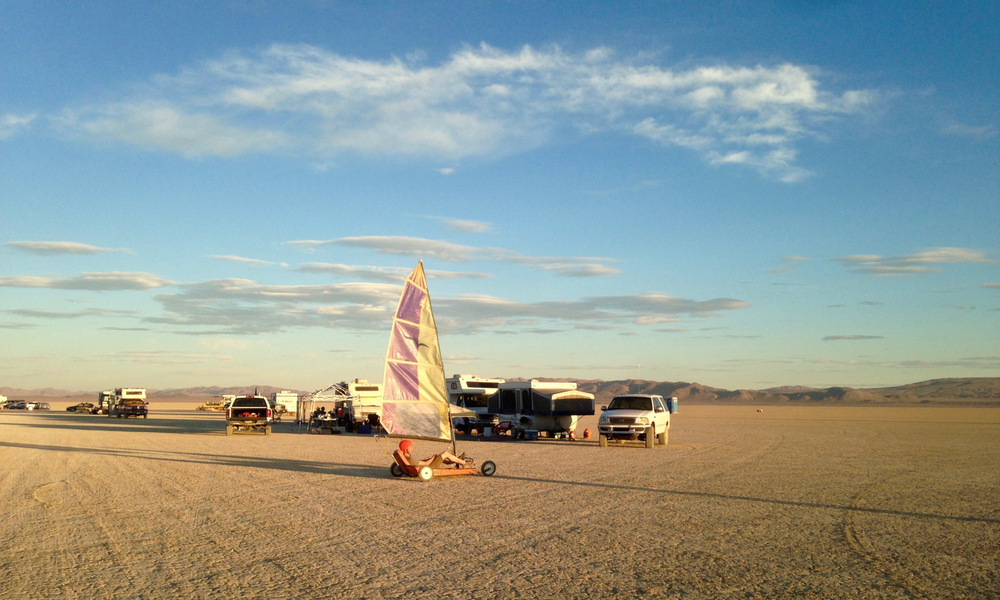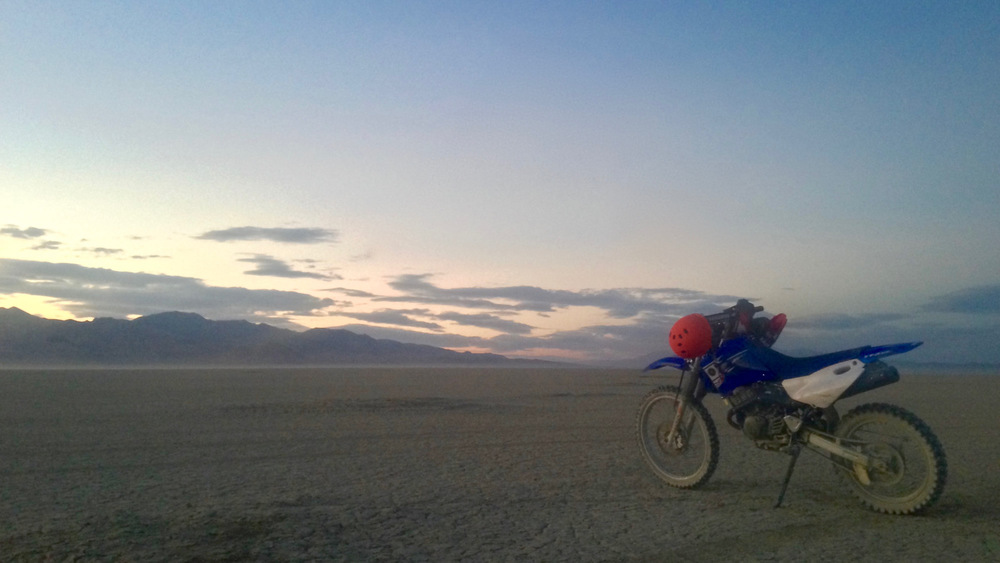Black Rock Desert
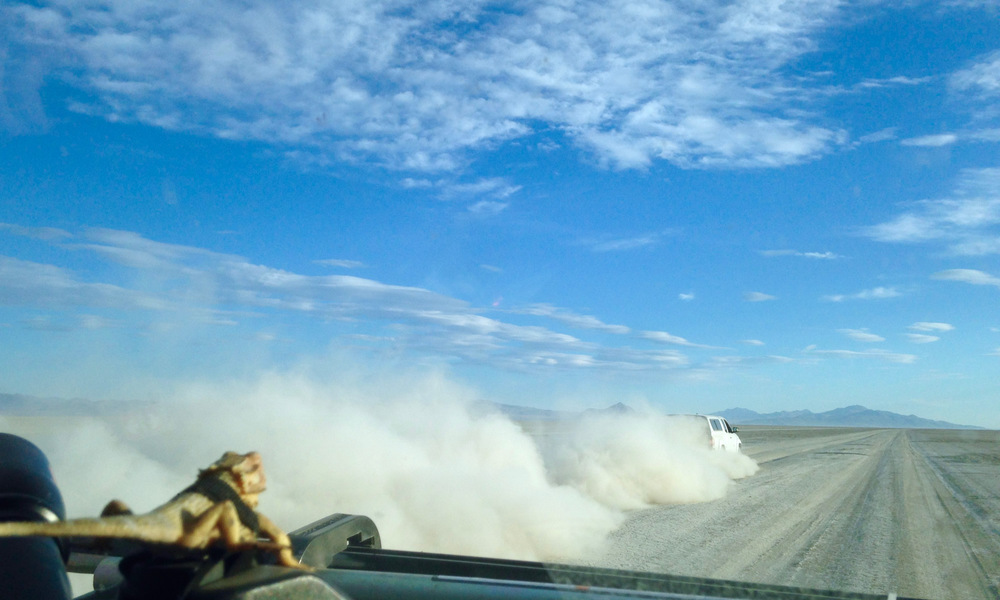
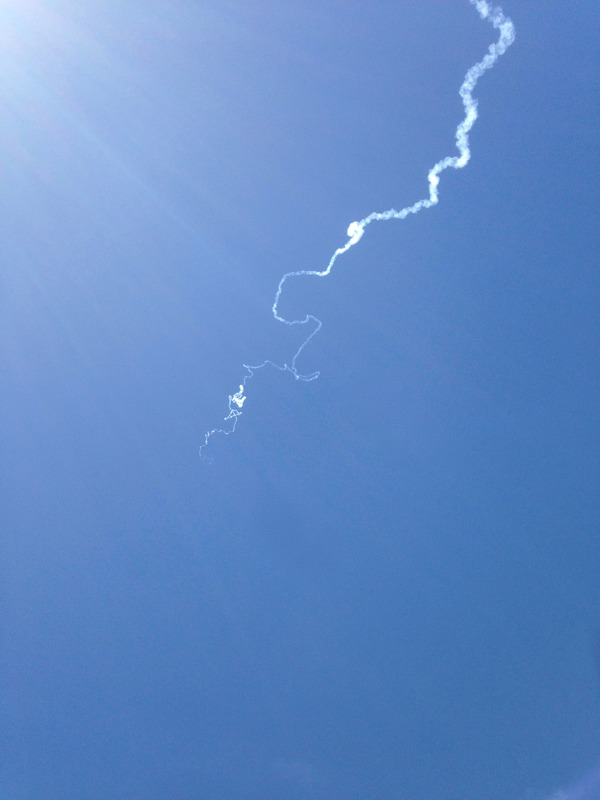
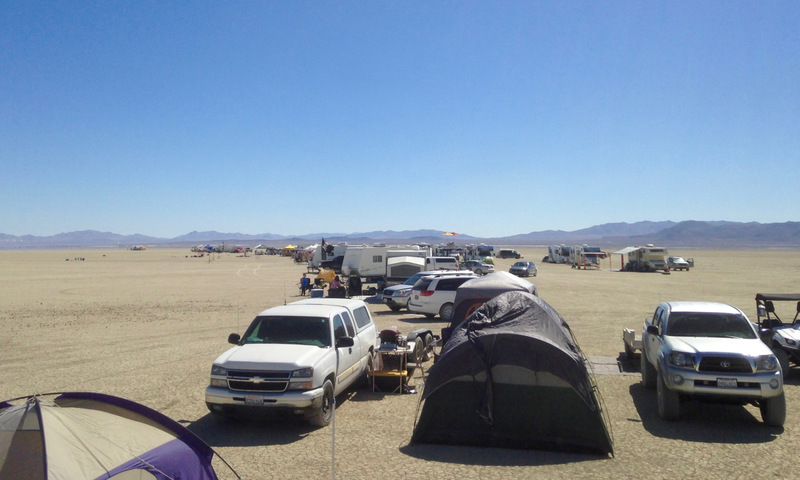
Every summer a couple of weeks after Burning Man concludes, a large group of hobby rocket enthusiasts congregate on the Black Rock Desert playa. They spend about a week launching rockets at all hours of the day and even a couple at night. Jake and I rode out here with his parents for 5 days/4 nights of car camping excitement.
In addition to watching the rockets go off, we took the Jeep out and explored the hot springs, mountains, and canyons surrounding the playa. Barreling across the desert was definitely evocative of the surreal and dramatic landscapes in Mad Max. In the evenings, we gathered around campfires, ate s’mores, melted glass bottle shards, and enjoyed each others’ company.
From Reno, we drove east towards Fernley before turning north past Pyramid Lake on less traveled roads. We entered the Black Rock Desert playa at the 12 mile access point (12 miles from Gerlach) then used GPS waypoints to carefully skirt around the Burning Man event site and make our way to the rocket launch site. As it was getting dark, we slowly pulled in at the end of the long line of vehicles (slowly, so as to not make a large dust trail) and pitched camp.
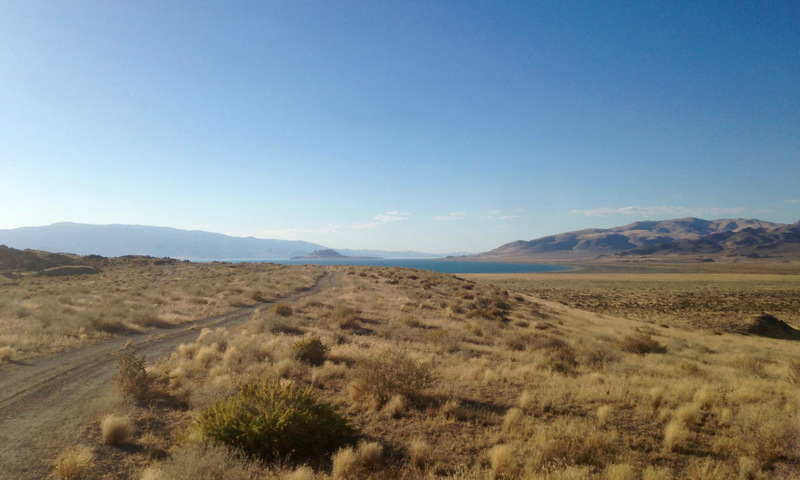
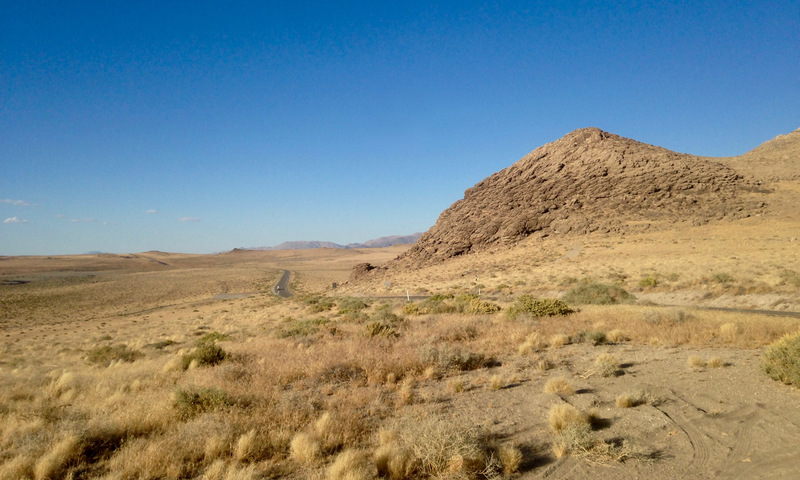
Black Rock is the large looming peak north of the playa, and the peak’s distinctive color lends the entire region its name. We joined several other friends in driving up the steep slope to the ridge extending out the north side of Black Rock (highly recommended: 4WD and good tire traction).
The entire hillside is covered in shale and thus produced an adorably lighthearted tinkling sound underfoot. Black Rock Springs and the Sheepherder’s Wagon are located just south of the peak. Stories tell of a man who arrived in the area by covered wagon and intended to raise sheep in the area; he was evidently fairly unsuccessful and abandoned the venture.
From the small playa just north of Black Rock, we got to watch the “fun-mobile” of kids go up and down the slope several times before they departed back to the rocket launch site.

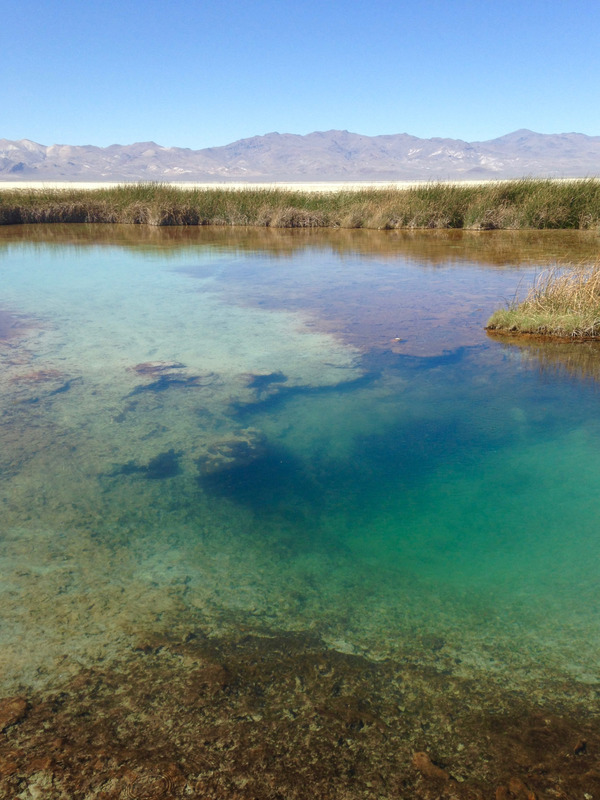
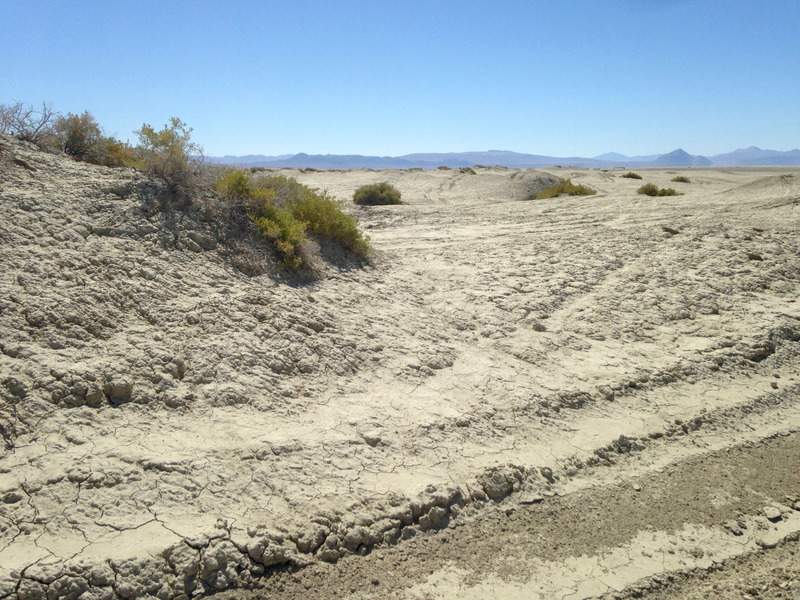
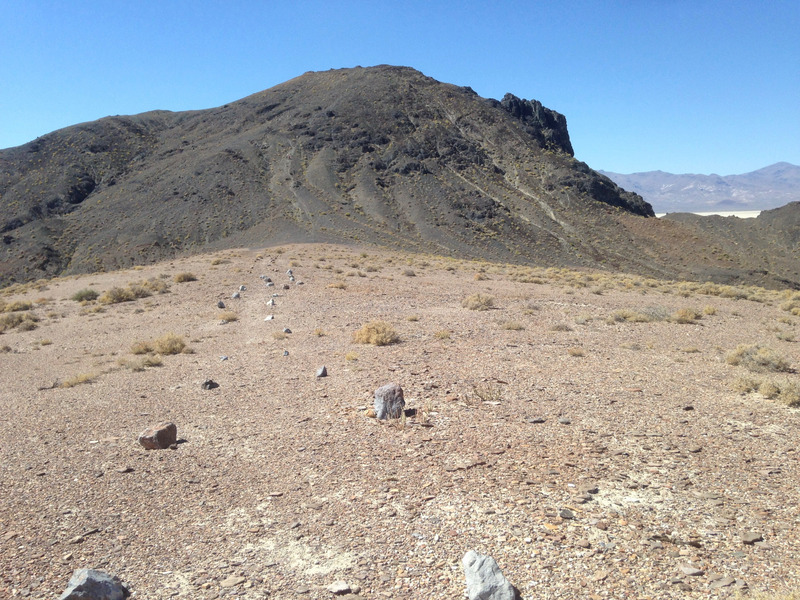
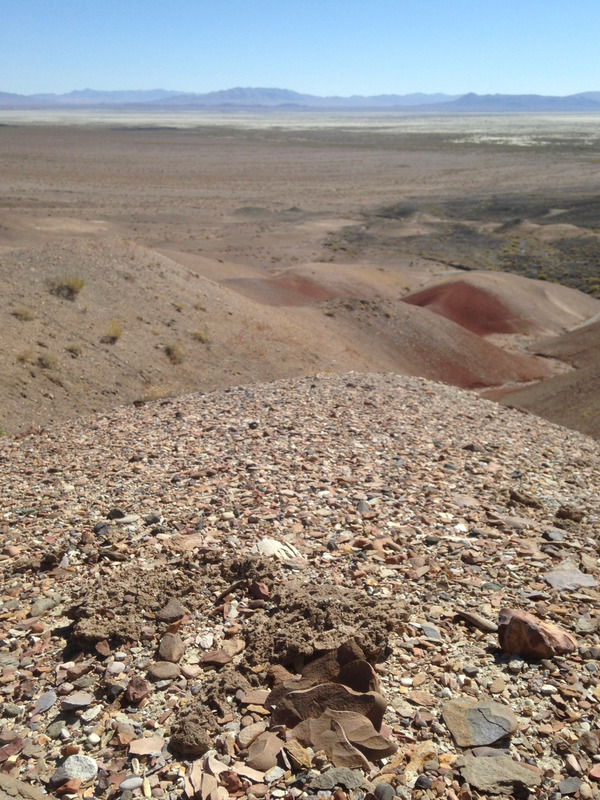
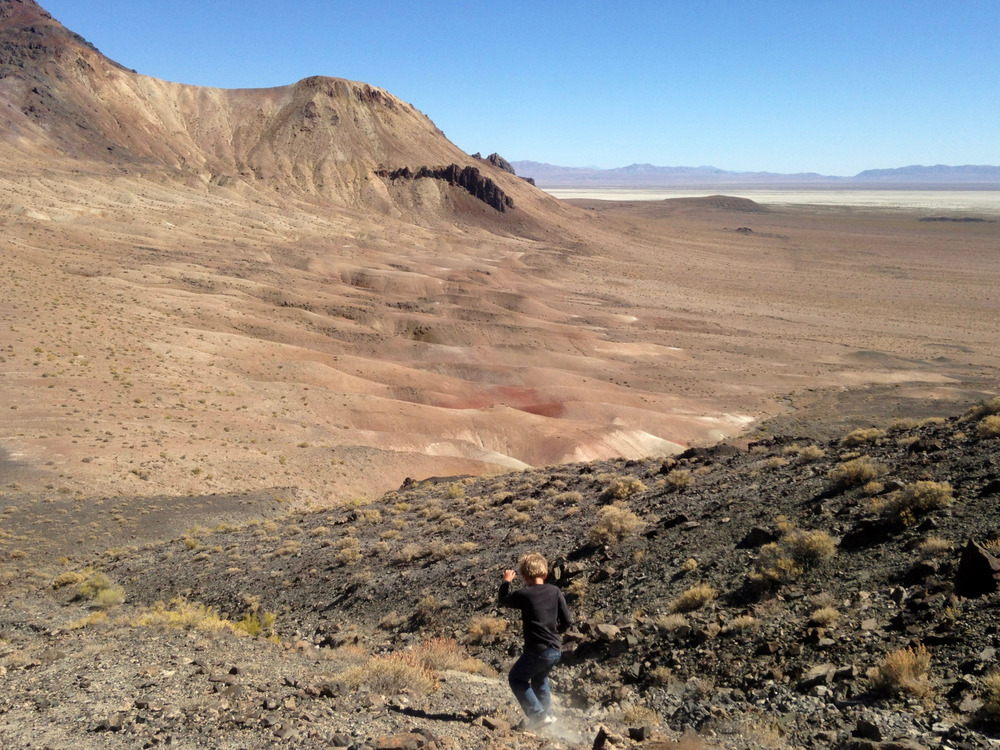
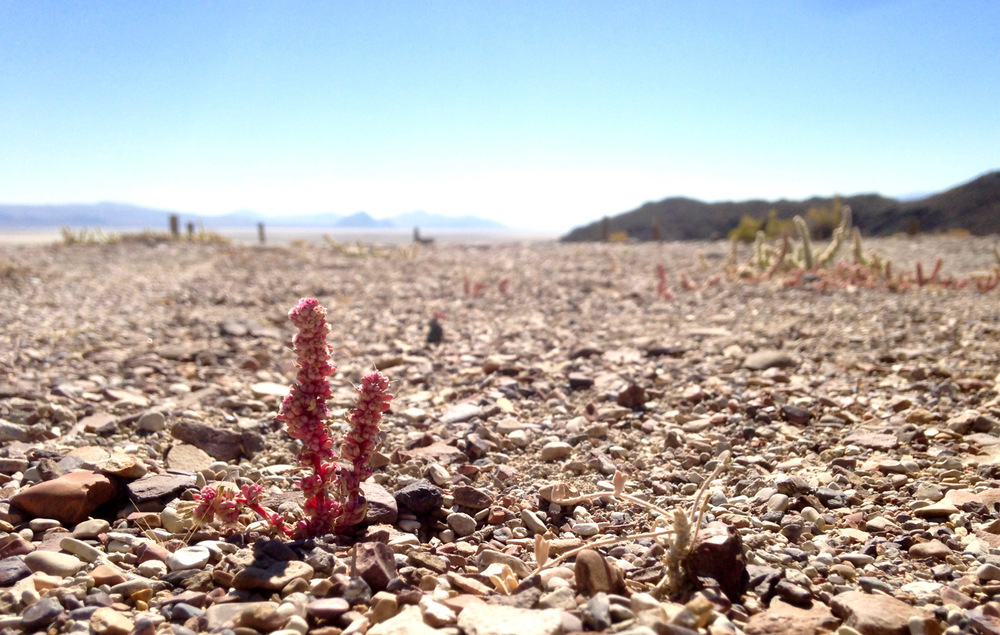
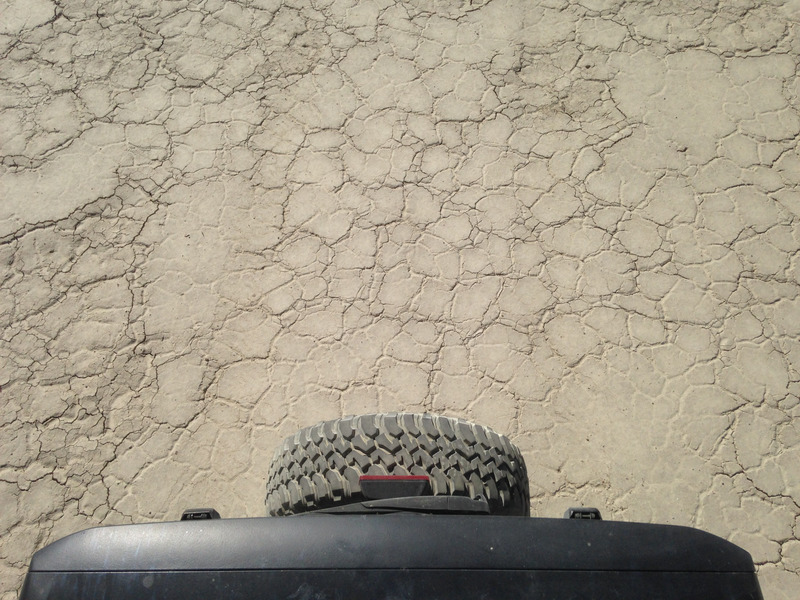
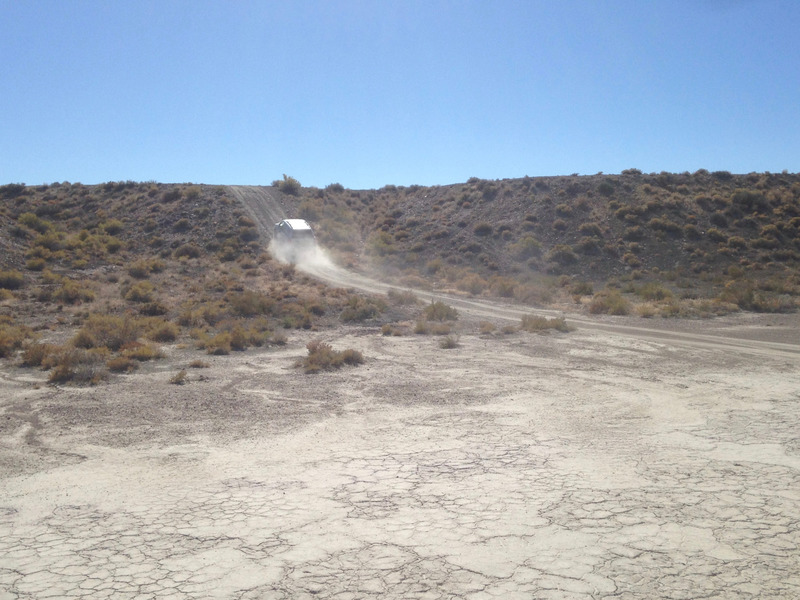
Double Hot Springs, located north of Black Rock Peak, has two springs, one a gorgeous blue-green and the other midnight black. Two signs on the encircling fence warn that the water in the pools is either 175 or 180 degrees (units are presumably Fahrenheit). Air bubbles periodically bubble up from the depths of the black pool, but the pool is too deep and its sides too vertical to be able to make out any details. What originally appeared as dead leaves floating on top of the water turned out to be many dead dragonflies. Either these small buggers would fly too close to the surface and fall in, or larger and more aggressive dragonflies would push them in.
Ron brought out his metal detector and we were able to find lots of bullet casings of various sizes, some bent wire, and an old rusted cabinet hinge. Finding spent bullet casings (and even the occasional unfired round) was a common occurrence throughout the trip.

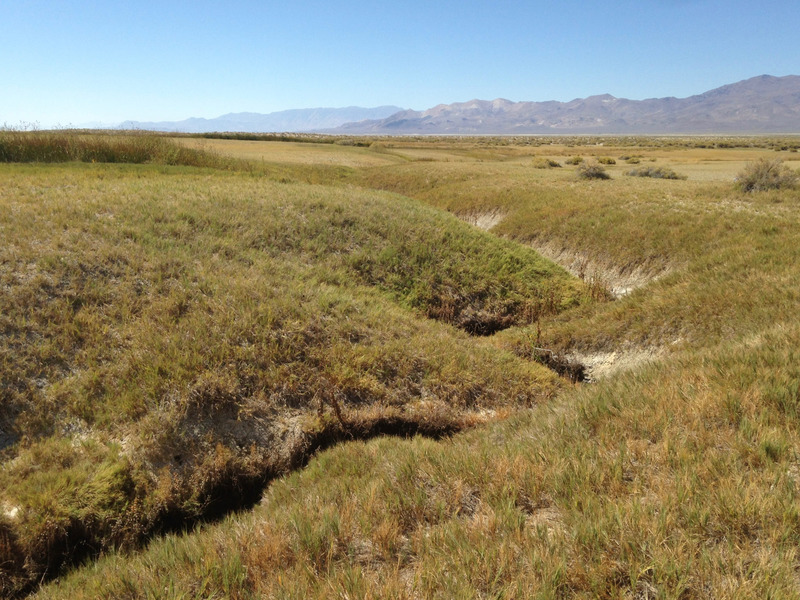
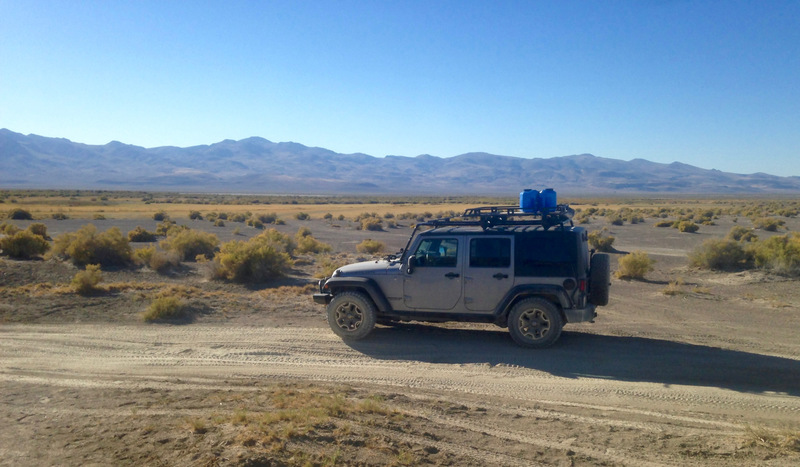
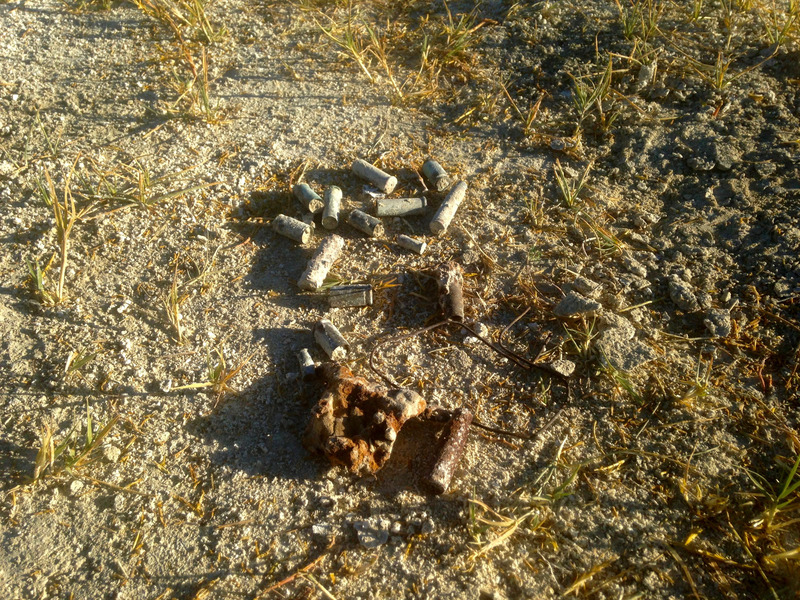
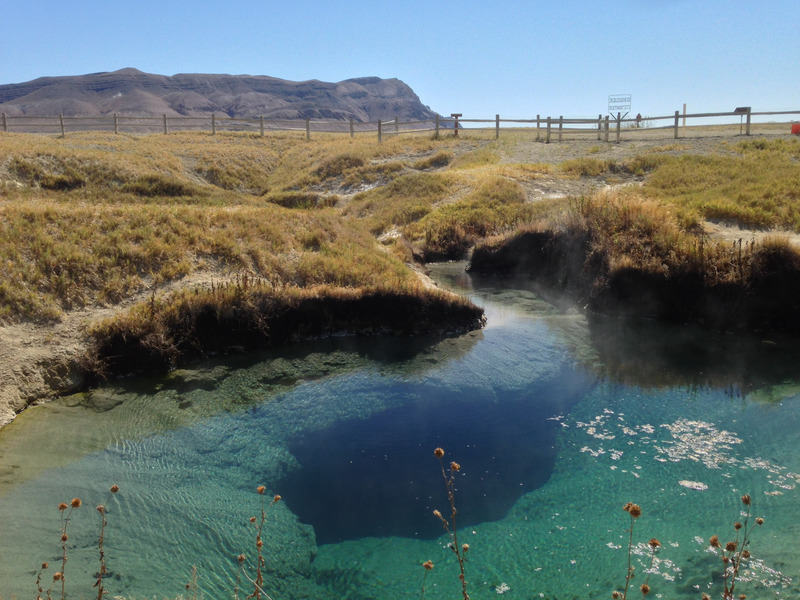
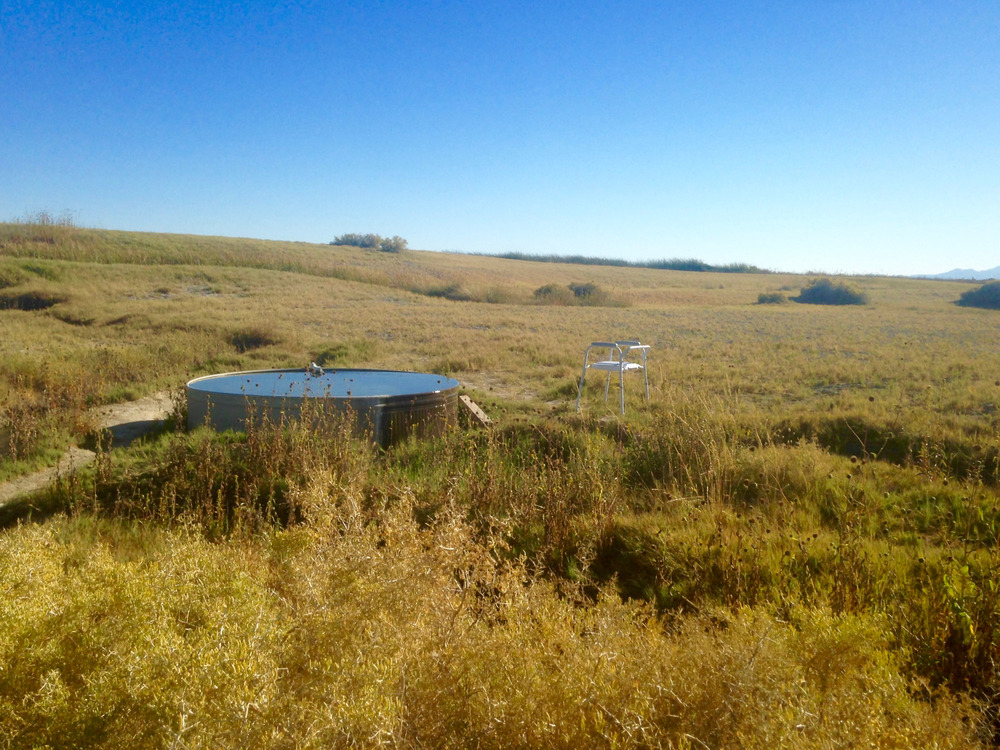
On our second full day, we ventured north for an overnight trip near Fly Canyon. We passed through Hardin City, a long defunct ghost town founded in 1867. With the exception of some foundation cornerstones, it has been mostly reclaimed by the desert. The surrounding ground (paired with the metal detector) yielded a square nail and more bullet casings. We later stopped on the shore of Mud Meadows Reservoir for lunch.
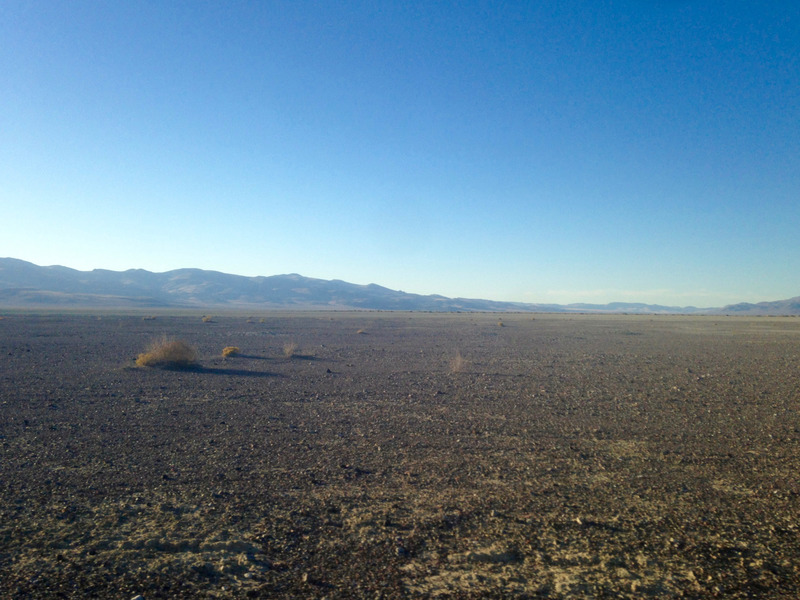
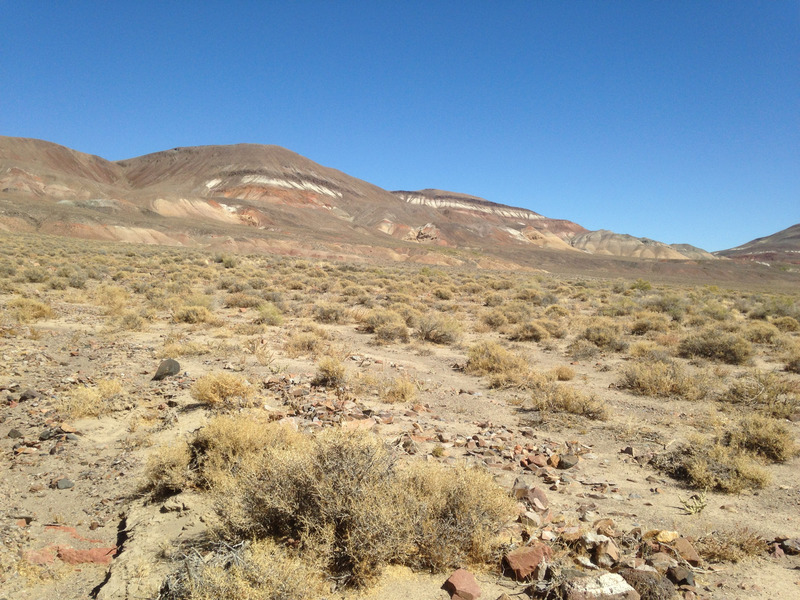
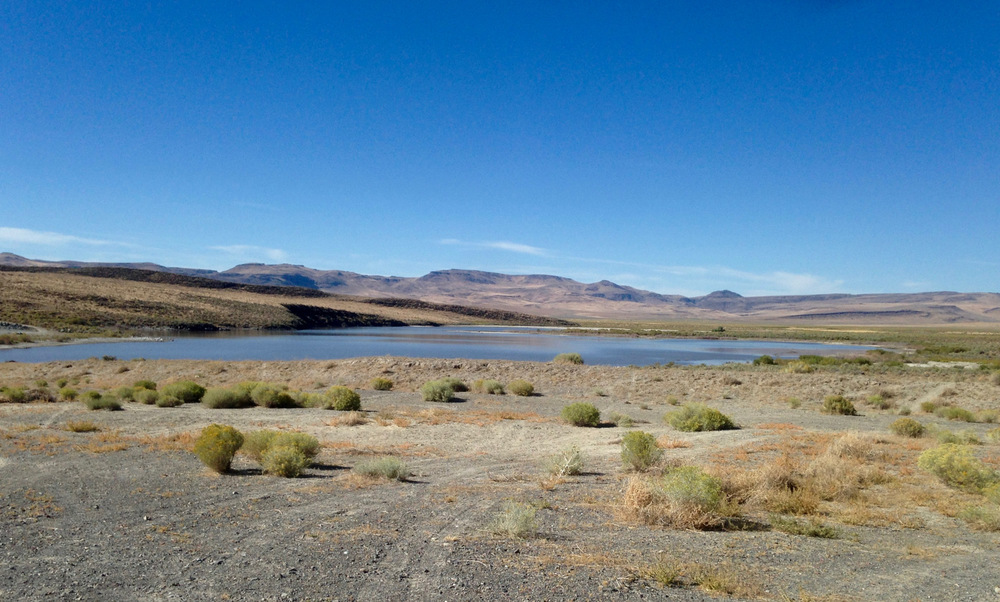
The Jeep’s spectacular suspension was put to work throughout the trip, although my opinions are biased by limited exposure to robust suspension systems. It’s hard to imagine how immigrants of the 19th century were able to travel these same roads by wagon. As we made our way north from Black Rock Desert, through Fly Rock Canyon, and on to High Rock Canyon, we traveled along the Applegate Trail. This trail was originally created as an easier alternative to the Oregon trail, but gained more popularity during the California Gold Rush. We passed several interpretive signs along the way, including this one marking Fly Canyon (trail marker A-17):
“Had some verry stony rodes One hill we locked both wheels & put on ropes to let our wagons down All got down safe. Saw some handsum sights along the rocks holes maid buy the wind”
– Abram Minges, Aug 17, 1849
Once through Fly Canyon (the present-day road bypasses the need to lower vehicles by hand), we drove through the valley to get to High Rock Canyon. Once there, we were greeted with spectacular rock cliffs. When driving along the bottom of the canyon, it felt like we were stealthily making our way between enemy fortresses located on opposing mountain sides. After recovering from a scare involving Ron’s truck and an unexpected drop in the road, we turned back to a campsite at the entrance of the canyon.
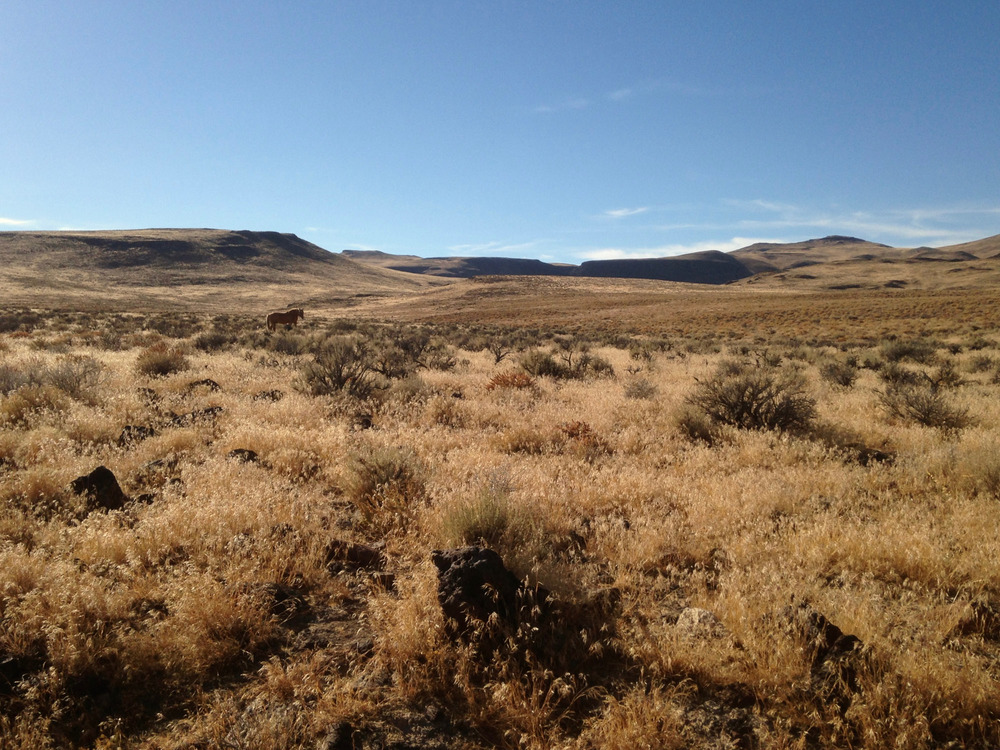
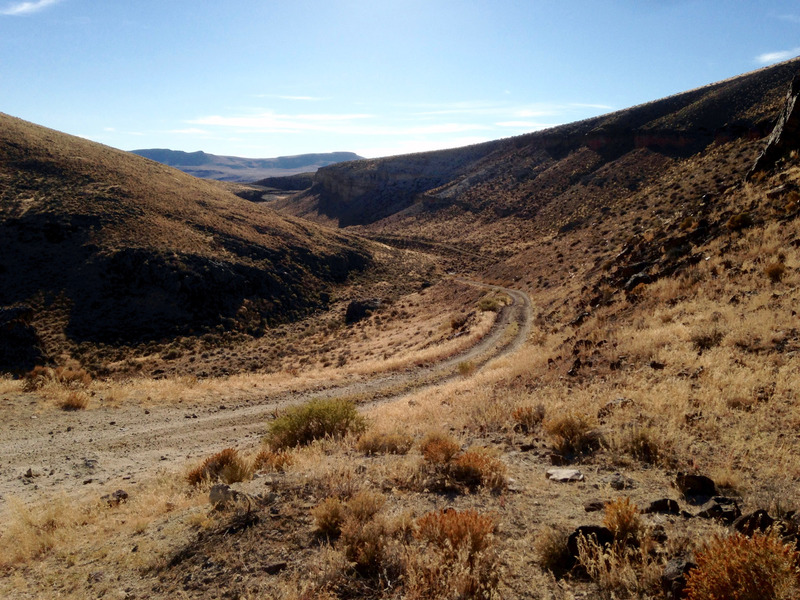
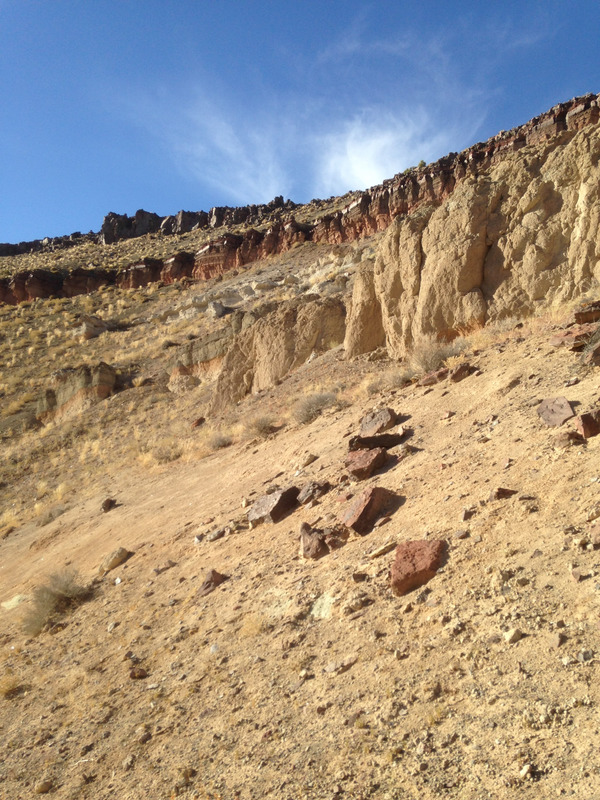
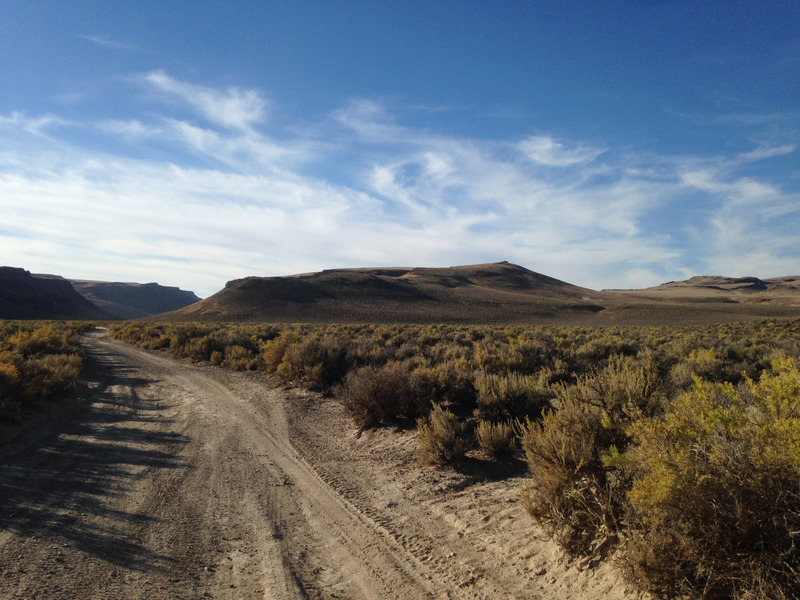
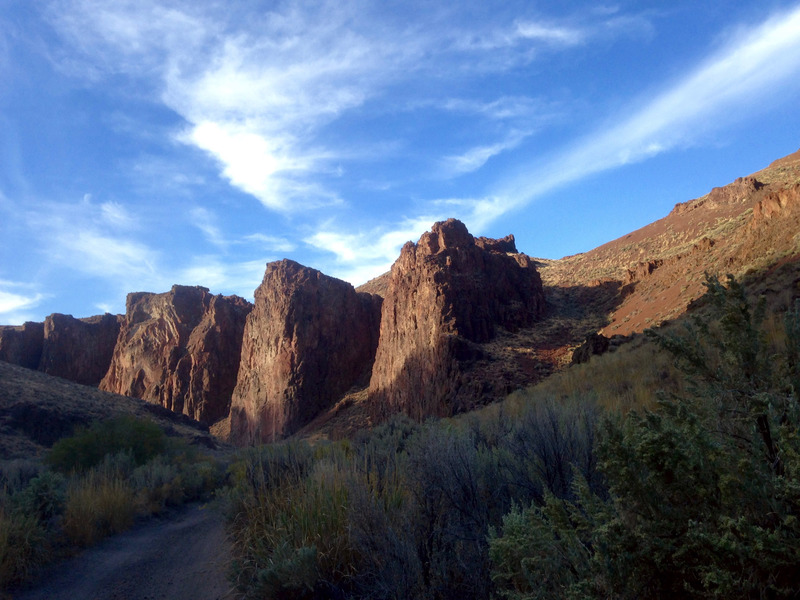
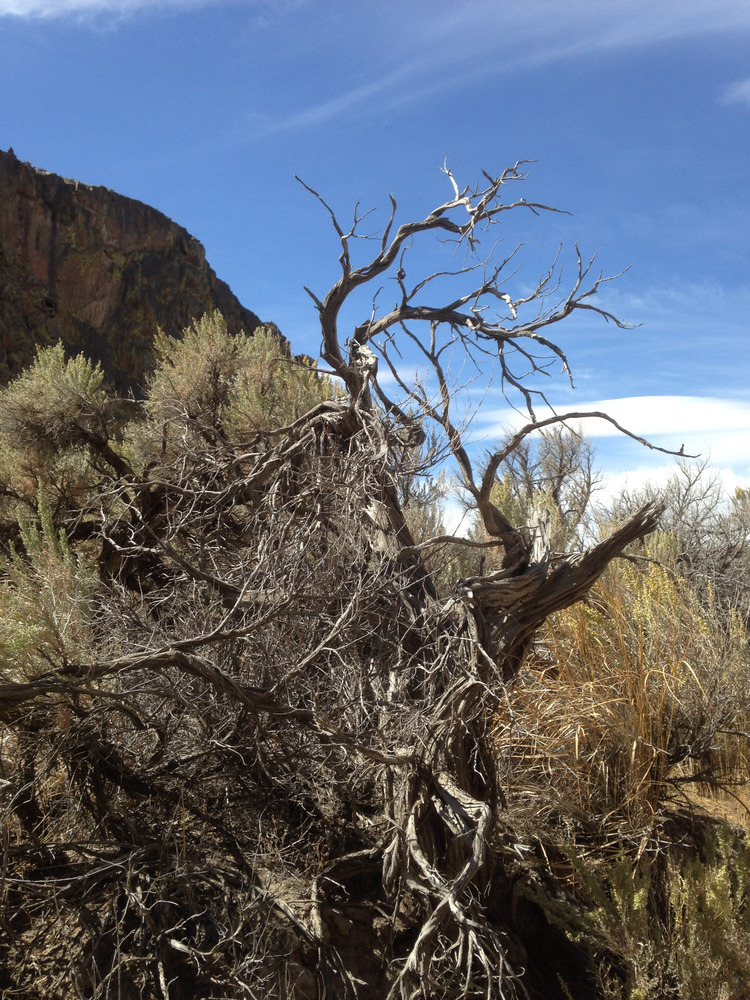
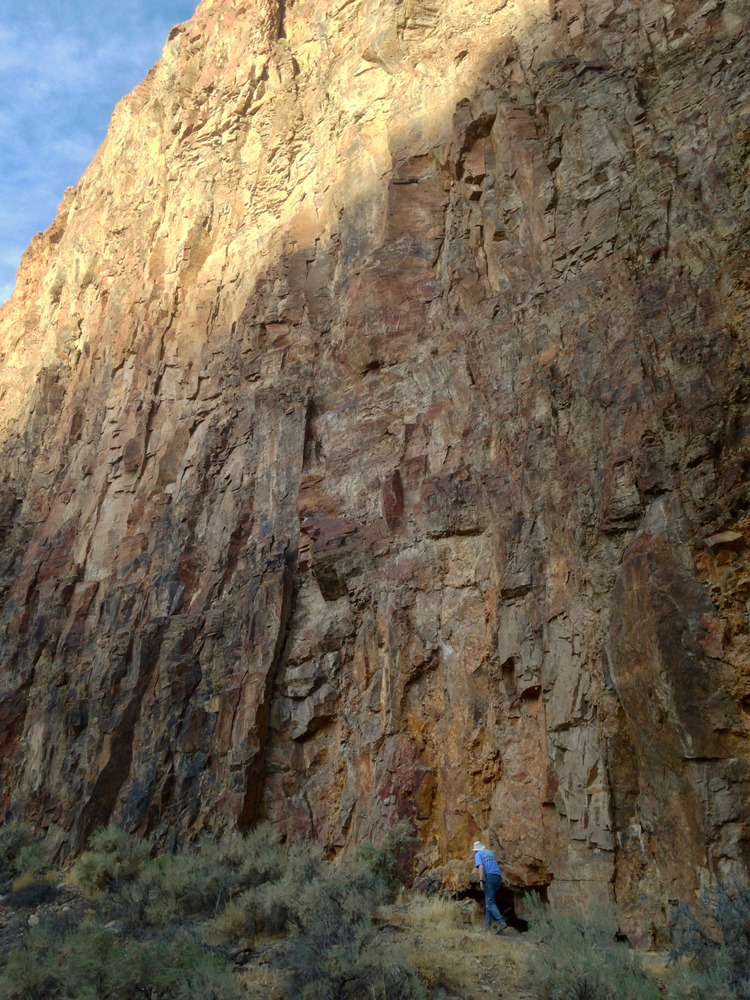
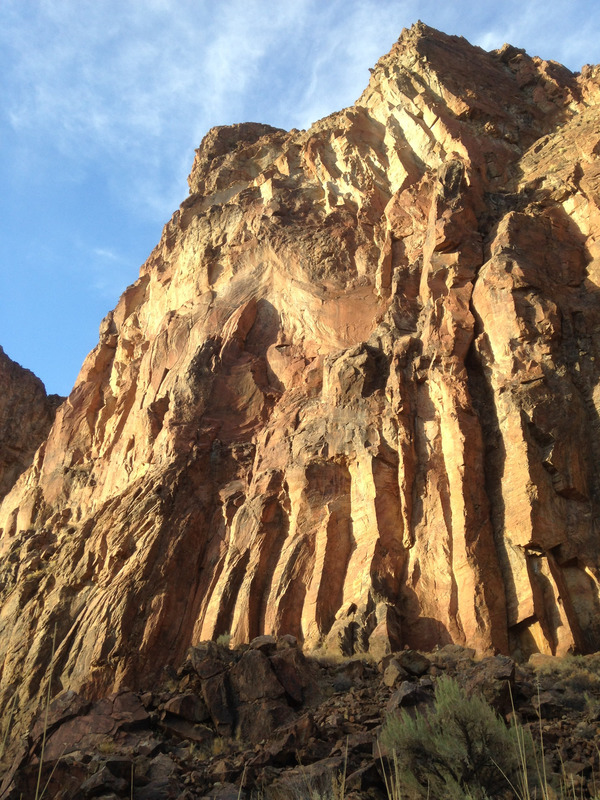
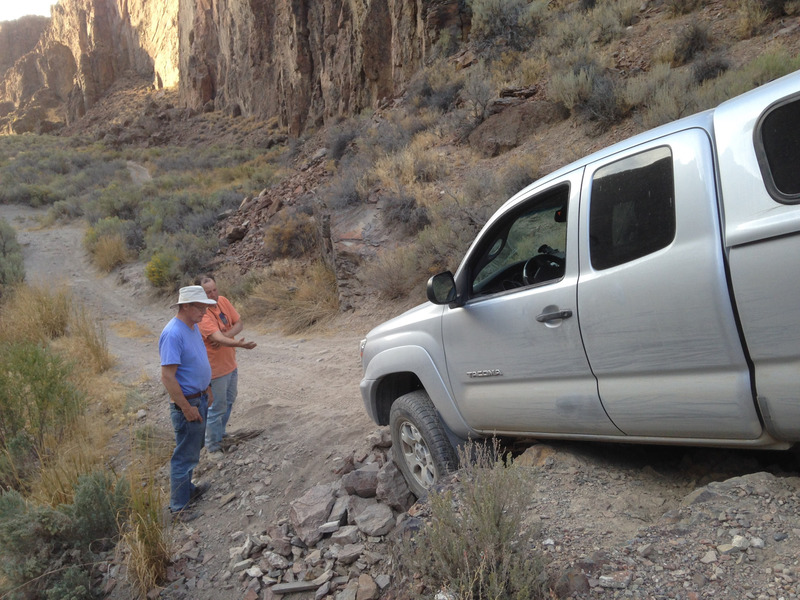
In the morning, Jake and I hiked to the top of some of the crenelations overlooking our campsite. Since we had camped fairly close to the canyon’s southern gate, we had a spectacular view of the valley and the hills through which we had recently driven, as well as a portion of the road through the canyon before it disappeared around a bend.
After breakfast, we loaded everything back into/onto the cars and drove back into the canyon. We parked before the rocky drop in the road and hiked until the the canyon opened up into a mini valley. According to the map though, the north gate of the canyon was still a significant ways further out. On the way back to the cars, we admired the wild roses growing on the side of the path, the predatorial cat prints in the dust, and the cry of an eagle as it returned to its cliff-side nest.
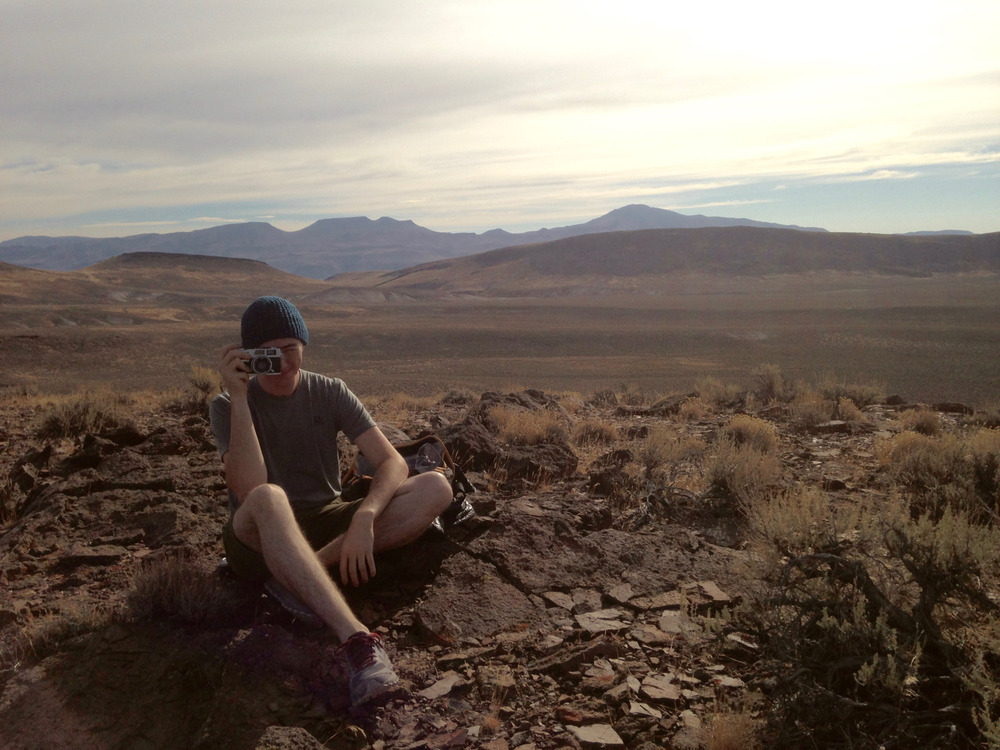
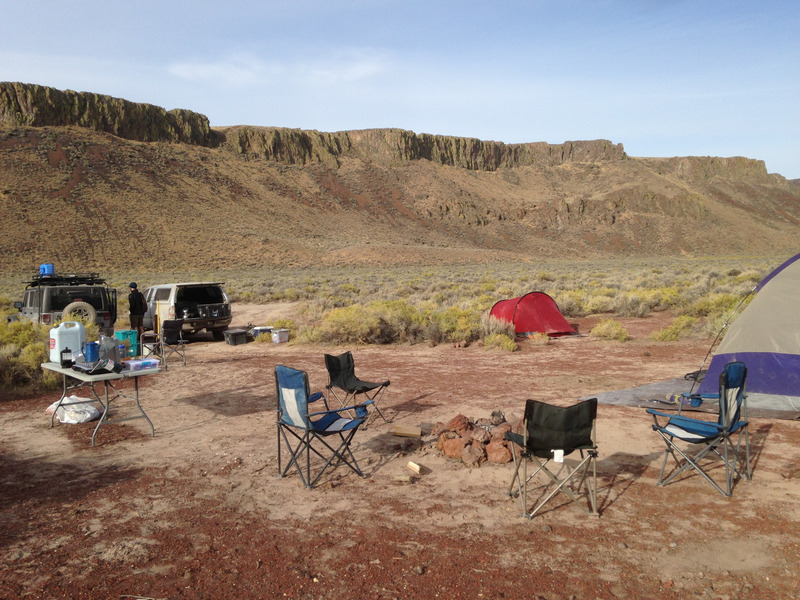
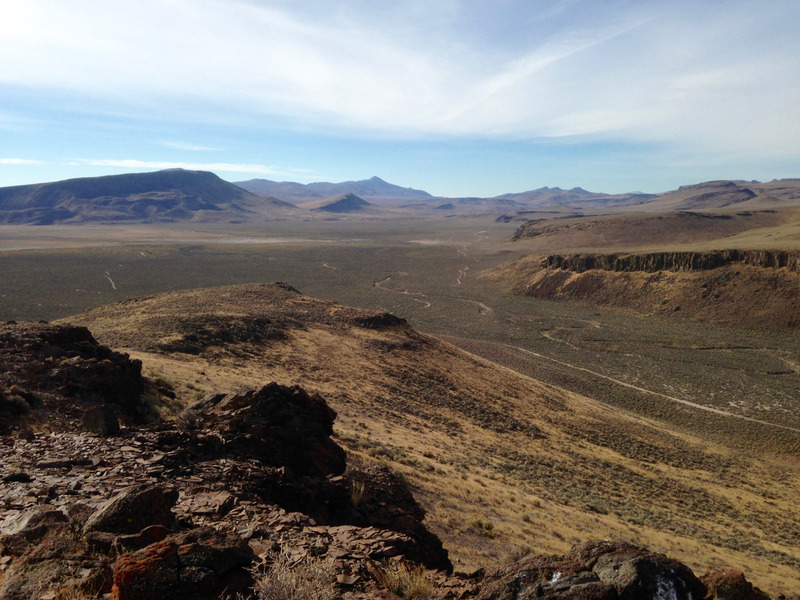
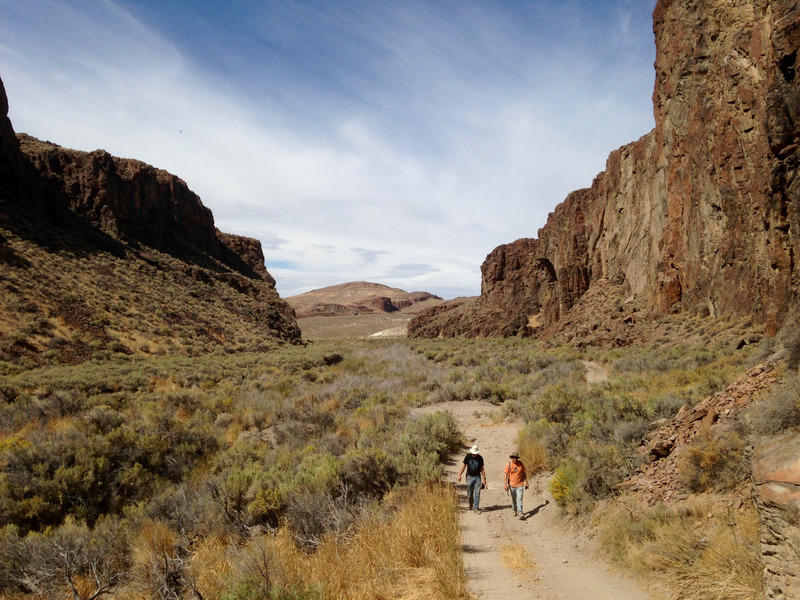
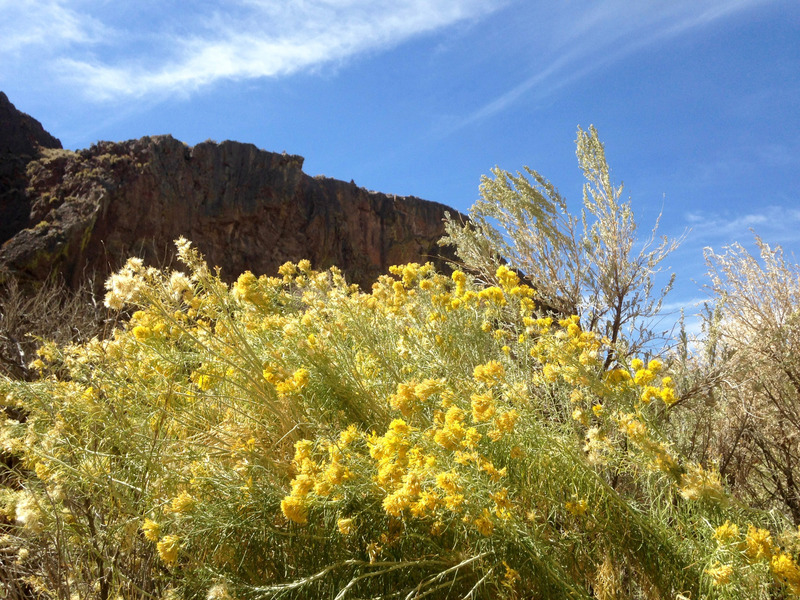
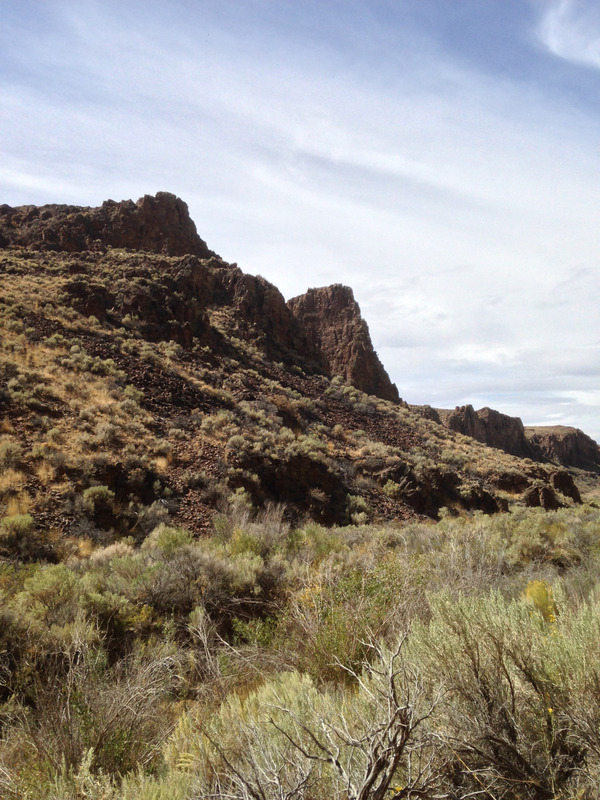
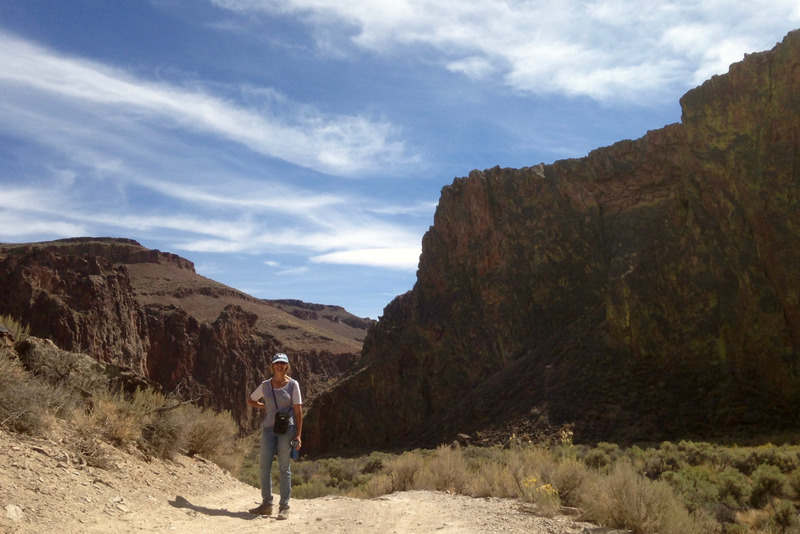
After leaving the canyon, we explored High Rock Lake, a long-dry lakebed. Notable features included fields of obsidian that caught the light as we drove by, several deserted houses, and a dilapidated lean-to. We stopped to hunt for arrowheads and later to eat lunch, explore the buildings, and shoot a couple of .22 caliber handgun rounds.
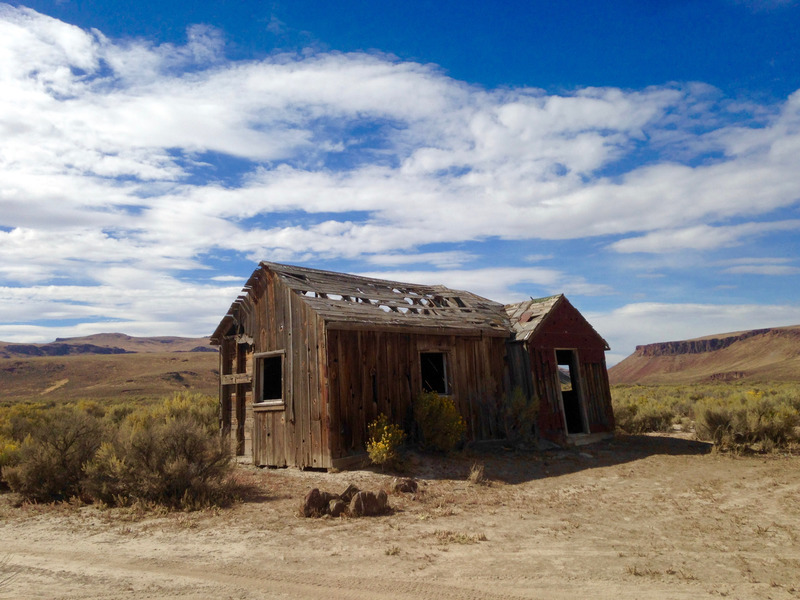
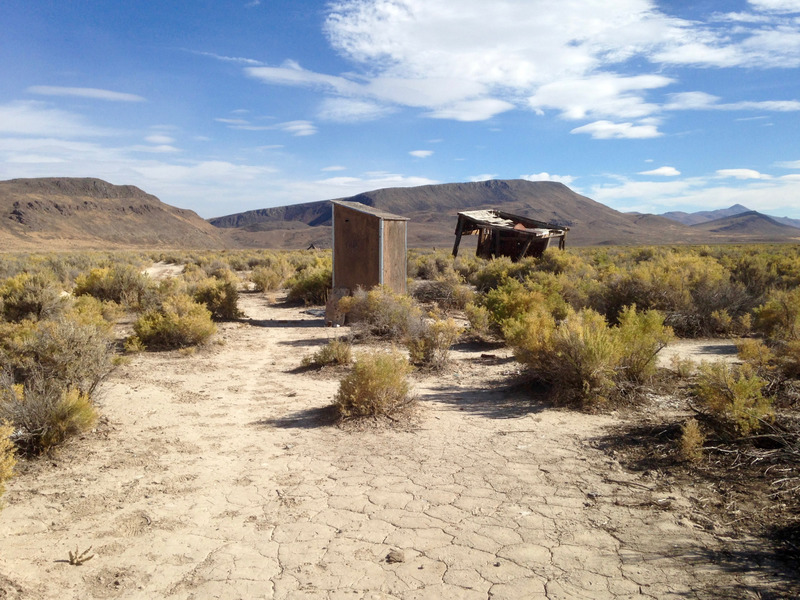
Back on the playa, we tried out Ron’s windsurfer (so much giddy fun, despite the nearly non-existent winds). Jake and I also took a short motorcycle ride into the sunset.
